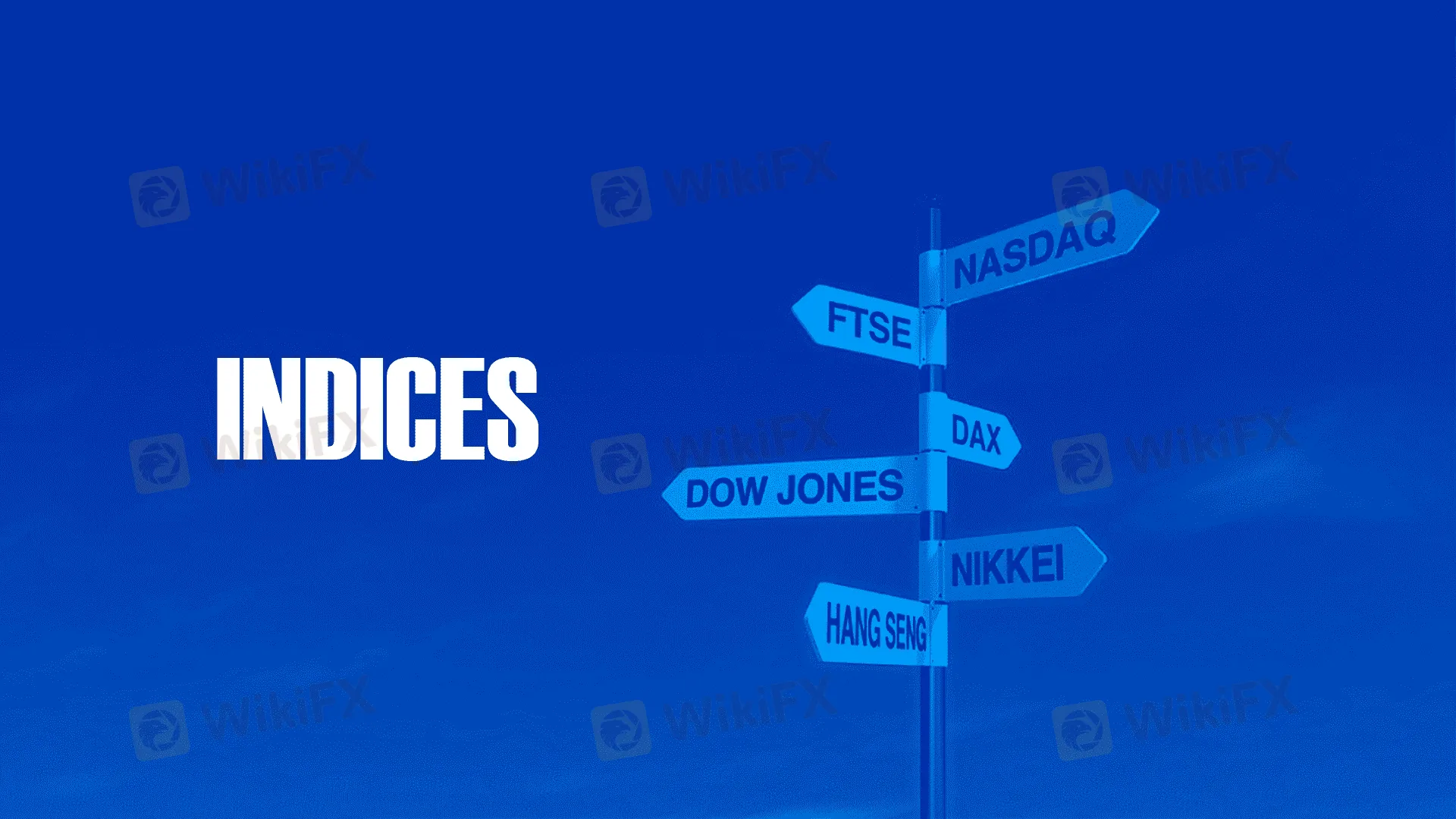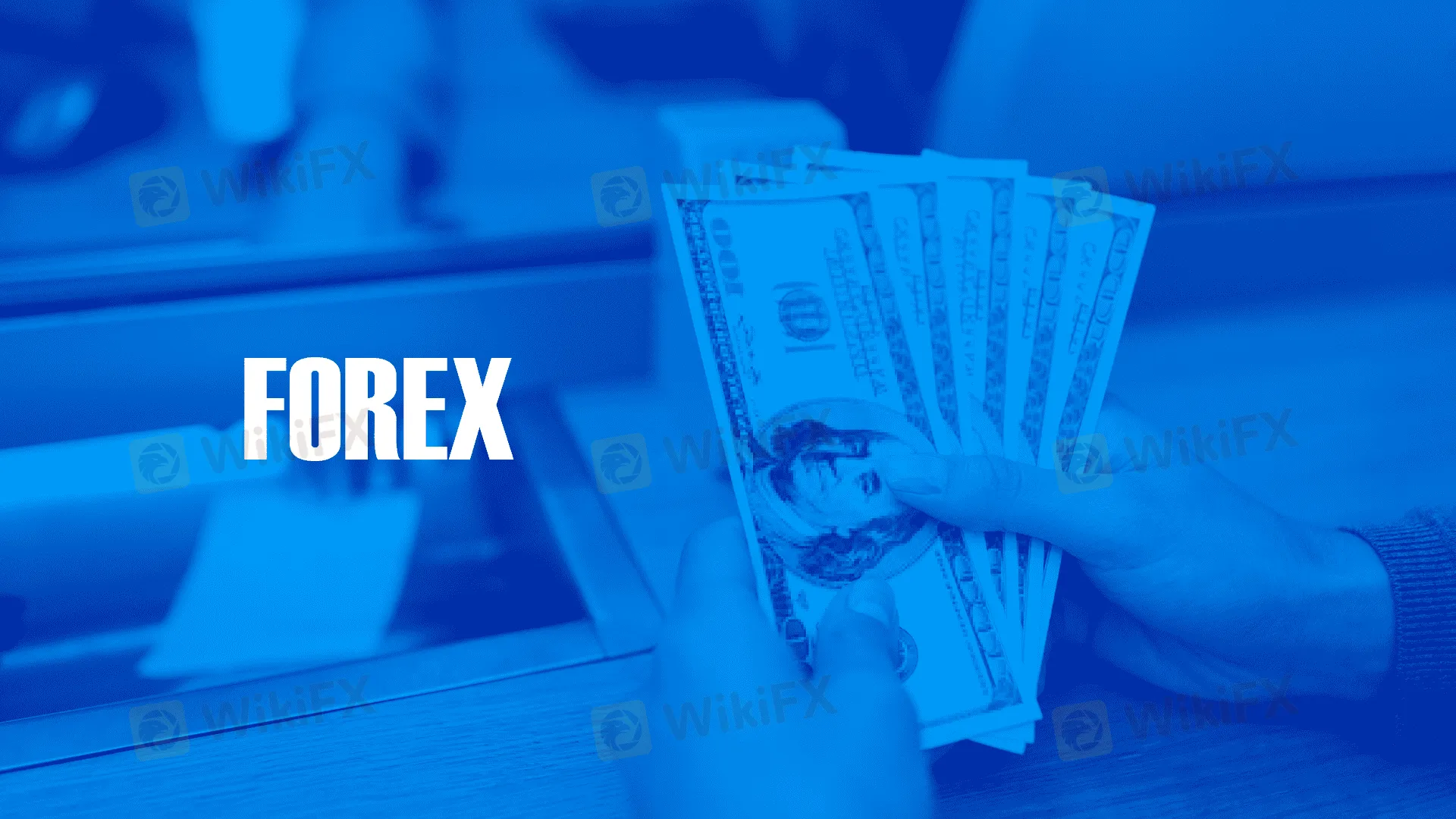Weekly News 2023/10/16-2023/10/20
Zusammenfassung:Index / Stocks / Crypto / Metals / Commodity & Futures / Forex

U.S. stocks closed lower on Friday, with the Dow Jones Industrial Average falling 286.89 points, or 0.86%, to 33127.28 points; the Nasdaq Composite Index falling 202.37 points, or 1.53%, to 12983.81 points; the S&P 500 Index falling 53.84 points, or 1.26%, to 4224.16 points. All three major U.S. stock indexes recorded losses this week, with the Dow Jones Industrial Average falling 1.61%, the S&P 500 Index falling 2.39%, and the Nasdaq Composite Index falling 3.16%. The yield on the 10-year U.S. Treasury note exceeded 5% for the first time since 2007, putting pressure on stock indexes. Investors are worried that the Palestinian-Israeli conflict may escalate over the weekend. The market continues to focus on U.S. stock earnings reports and the outlook for Federal Reserve policy.
U.S. Treasury yields continued to rise this week, putting pressure on stock indexes. U.S. Treasuries were sold off, with the benchmark 10-year Treasury note yield exceeding 5% for the first time in 16 years, and the 20-year and 30-year Treasury yields also hitting threshold levels. On Thursday, the U.S. 10-year Treasury bond yield rose as high as 5.001%, breaking through the 5% mark for the first time since July 20, 2007. The 30-year Treasury bond yield rose to 5.13%, continuing to hit a new high since 2007.
Morgan Stanley Investment Management said if the 10-year Treasury yield reaches 5% or higher, it would be a good buying point for investors. The bank said that under current conditions, from a term perspective, this would be an excellent price to extend the duration of the portfolio. If yields break above 5%, away from what the company considers U.S. Treasuries to be fair value, “we would be in oversold territory.”

Google (NASDAQ: GOOGL) and a few other companies have experimented with so-called generative AI, which creates new content from past data. These functions digest all the information on the web and provide summaries based on user needs. Since May of this year, Google has begun rolling out a new form of search powered by generative artificial intelligence (AI). Previously, with the rise of OpenAI's question-and-answer chatbot ChatGPT, industry observers have raised questions about the technology giant's future position in providing information to consumers.
According to reports, SoftBank Group (TYO: 9984) is considering investing in Norwegian robotics startup 1X Technologies, valuing it at $375 million. According to people familiar with the matter, 1X Technologies is expected to raise US$75 million to US$100 million in this round, led by SoftBank, with a pre-investment valuation of approximately US$375 million.
SolarEdge (NASDAQ: SEDG) sharply lowered its revenue guidance for the third quarter, saying that European dealers unexpectedly canceled a large number of existing backlogs due to higher-than-expected channel inventory and lower-than-expected installation rates. Fourth-quarter revenue is expected to decline significantly as the destocking process continues.
WeWork (NYSE: WE) said on Thursday that it appointed interim president David Tolley as its new chief executive, replacing Anthony Yazbeck. The company previously said in a statement that the restructuring will continue under Tolley's leadership, and the steps WeWork is taking now to achieve its goals will not only help the company achieve profitability and continued growth, but will also put the company in a strong position to be able to better provide long-term services to our members.

Bitcoin briefly topped $30,000 for the second time this week as expectations grew that another favorable court action increased the likelihood that an exchange-traded fund holding the cryptocurrency would eventually be approved.
The SEC made the expected decision late on Thursday by withdrawing from a lawsuit against two Ripple Labs executives.
Bitcoin rose 5.2% to $30,223 in New York, returning to August price levels. XRP, a token owned by Ripple Labs, gained for a second day in a row, rising 3.3% to around 52 cents. Bitcoin accounts for about half of the crypto industry‘s market capitalization, and its moves have helped spur a broader rally in smaller coins. Ethereum gained 2.7%, while so-called altcoins such as Solana’s SOL and Polygons MATIC gained 6.8% and 3.3%, respectively.
The U.S. Securities and Exchange Commission (SEC) on Thursday asked a federal judge to dismiss a lawsuit against Ripple co-founder Christian Larsen and CEO Bradley Garlinghouse, ending a lawsuit that accused the pair of misleading XRP cryptocurrency investors over $1 billion in tokens were sold without approval. “While positive for the cryptocurrency industry, the SEC v. Ripple ruling is a mixed outcome for Ripple,” said Elliott Z. Stein, senior litigation analyst at Bloomberg Intelligence. “On another hand, its XRP token is currently available at free trade on the secondary market. Ripple may have to disgorge up to $729 million in unregistered institutional sales and may be subject to penalties. The next phase of the case will determine remedies.”
Bitcoin prices topped $30,000 on Monday after media reports incorrectly suggested the SEC had approved its first exchange-traded fund directly tied to the price of Bitcoin, a sign of how eager cryptocurrency investors are to see such products move beyond Bitcoin.

Market concerns could climb as the U.S. deficit Washington's defence funding needs increase. Now we are not just talking about the conflict in Ukraine and Russia, there is another which is the Middle East. The United States is going to need more oil supplies through auctions, to pay for all of this. “On the geopolitical front, concerns about the regional conflicts are growing. There are several reasons why investors want to sell, and few are willing to buy. This is the risk sell-off we are seeing today, and in the simplest terms, Market participants did not want to bring risk into the weekend when hostilities could break out.” Gold hit a two-month high of $1,985, its highest level since late July.
Gold has continued to surge, breaking through the previous high of 1987 and one step away from the 2000 mark. The current market is still in a bullish trend, and the 2000 mark will be broken, but it is difficult to judge and know whether it can be broken in the short term. The recent market cycle has been running along the trend line. The daily line has stabilized upward since 1810.
“As the risk of tensions in the Middle East increases, investors are fleeing to safe havens. If the geopolitical situation becomes more pessimistic, there is a good chance that gold prices will rise to the $2,000 level this year.” said Edward Moya, senior market analyst at OANDA.
For gold's opening operation next week, the gold guide recommends going back to the lows and going long. The top will focus on the resistance of the 1997-2000 mark in the short term, and the bottom will focus on the 1960-1962 first-line support in the short term.

U.S. crude oil fell by about 0.78% this week, which was a narrower decline than the 8.08% drop last week. Brent oil also fell around 0.69%, after falling 7.10% last week. The market expects that control measures in Asia will gradually be relaxed, changing last week's pessimism about economic recession and rekindling optimism, which supports international oil prices. Investors are reassessing the impact of sharp interest rate hikes by global central banks on energy consumption. As on Friday, U.S. crude oil was trading at $84.80 per barrel.
Philadelphia Fed President Harker said on Thursday that inflationary pressures are unacceptably high and the Fed is willing to slow down economic growth to combat inflation. The Federal Reserve will continue to raise interest rates in the future and will maintain restrictive monetary policies thereafter.
Stephen Innes, managing director of SPI Asset Management, said in a report: “Several key members of the Federal Reserve have taken turns sending hawkish signals this week, advocating for higher interest rates, which will further suppress demand.”
However, the market expects that strict control measures in Asia may be partially relaxed, which has supported oil prices. Last week, the resumption of control measures in some areas once intensified the international oil market's pessimism about a sharp drop in oil demand. This pessimism once dominated the international oil market, leading to the decline in oil prices last week.
Considering that several of the Asia countries is the world's largest crude oil consuming countries, the relaxation of control measures has given the international oil market renewed optimism about the future recovery of oil demand. This is a very positive signal and is partially alleviated. However, investors are still concerned that inflation is dampening demand.

On Friday, the U.S. dollar index closed at 106.15, down 0.48% this week. Looking ahead to next week, the market will face the test of US GDP and PCE price index, as well as the interest rate decisions of the European Central Bank and the Bank of Canada.
The U.S. economic continues protected by massive government deficit spending and a slowdown in the transmission of high interest rates due to fixed mortgage rates, the U.S. has outperformed expectations of an economic slowdown this year.
In addition to the Biden administration's huge spending, an unusually tight labor market has helped push up household incomes and kept consumption strong. Overall, the U.S. economy appears to be reaccelerating over the summer, and GDP data due next Thursday will likely confirm this.
Stronger-than-expected GDP data could help the dollar resume its rebound. A combination of solid economic fundamentals, a surprising rise in U.S. Treasury yields, and the lack of any viable alternatives in the foreign exchange market have fueled the dollar's upward trend.
Among the Group of 10 countries (G10), the United States has the strongest economic growth and the highest real interest rates, so the U.S. dollar has become an attractive investment destination. In contrast, Europe and China are battling a severe economic slowdown, while the yen has been hammered by the Bank of Japan's refusal to raise interest rates.
Of course, there are some risks. Savings accumulated by consumers due to the pandemic are beginning to be depleted and U.S. student debt repayments have resumed, which could dampen economic growth next year. But even accounting for these risks, the U.S. dollar still appears to be in a better position than its FX rivals, especially when considering its safe-haven qualities.
OnePro Special Analyst
Buy or sell or copy trade crypto CFDs atwww.oneproglobal.com
The foregoing is a personal opinion only and does not represent any opinion of OnePro Global, nor is there any guarantee of reliability, accuracy or originality in the foregoing.
Forex and CFD trading may pose a risk to your invested capital.
Before making an investment decision, investors should consider their own circumstances to assess the risks of investment products. If necessary, consult a professional investment advisor.
WikiFX-Broker
Aktuelle Nachrichten
Elon Musk sorgt mit Statistik Asylstatistik für Kritik – Experte ordnet die Zahlen ein
Traum vom Krypto-Staat auf Grönland: Was Tech-Mogule aus den USA mit Trumps Expansionsplänen zu tun haben
Erstmals seit 10 Jahren sind wieder drei Millionen Menschen arbeitslos – warum der Arbeitsmarkt dennoch erstaunlich stabil ist
Internes Treffen der VW-Bosse: Darüber sprechen die Auto-Manager
„An oberster Stelle steht finanzielle Robustheit: Das sind laut internem Papier die neuen Konzern-Prioritäten von VW-Chef Oliver Blume
Schlechte Zahlen bei Audi: Müssen Mitarbeiter auf die versprochene Gehaltserhöhung verzichten?
Gemini: Hacker aus China, Iran und Nordkorea nutzen Googles KI, um ihre Produktivität zu steigern
Milliardär Reinhold Würth lobt die CDU unter Friedrich Merz und hofft auf Donald Trumps Vernunft
Intel: Schwache Erlösprognose für das laufende Quartal
Voi erstmals profitabel: Gründer glaubt an Börsengang in 2 bis 3 Jahren
Wechselkursberechnung


